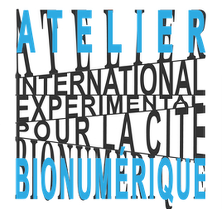Grand Paris is a growing metropolis whose ambitious objectives of intensification in terms of activity, services and housing are a key issue. The Law on greater Paris provides for the construction of 70 000 annual dwellings to accommodate about 50 000 people a year. As in many metropolises, this growth poses the problem of urban sprawl: can we continue to expand the urban footprint, build new neighbourhoods on peripheral rural areas to welcome the growing population and Participate in the sprawl of agricultural land that is used to feed the same population? The 10 teams of architects and planners consulted in 2008 to draw the possible future of the Grand Paris all agreed on the need to build as much as possible the city on the city.
The time of the new cities is over and the greater Paris will maximize the intensification of the existing city. However, some non-urbanized territories are going to be strategically made by the development of the public transport network and will welcome new neighbourhoods. In this context, it is essential to devise new ways of urbanization that are capable of preserving the natural areas and agricultural land as much as possible while intensifying the city.




